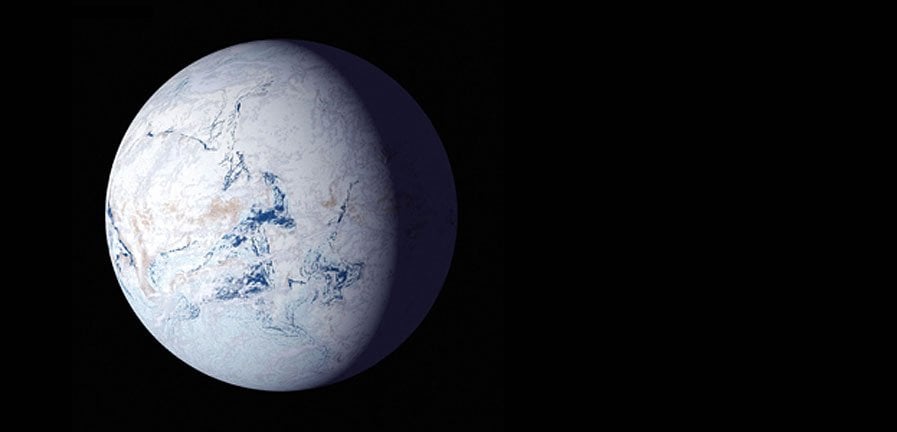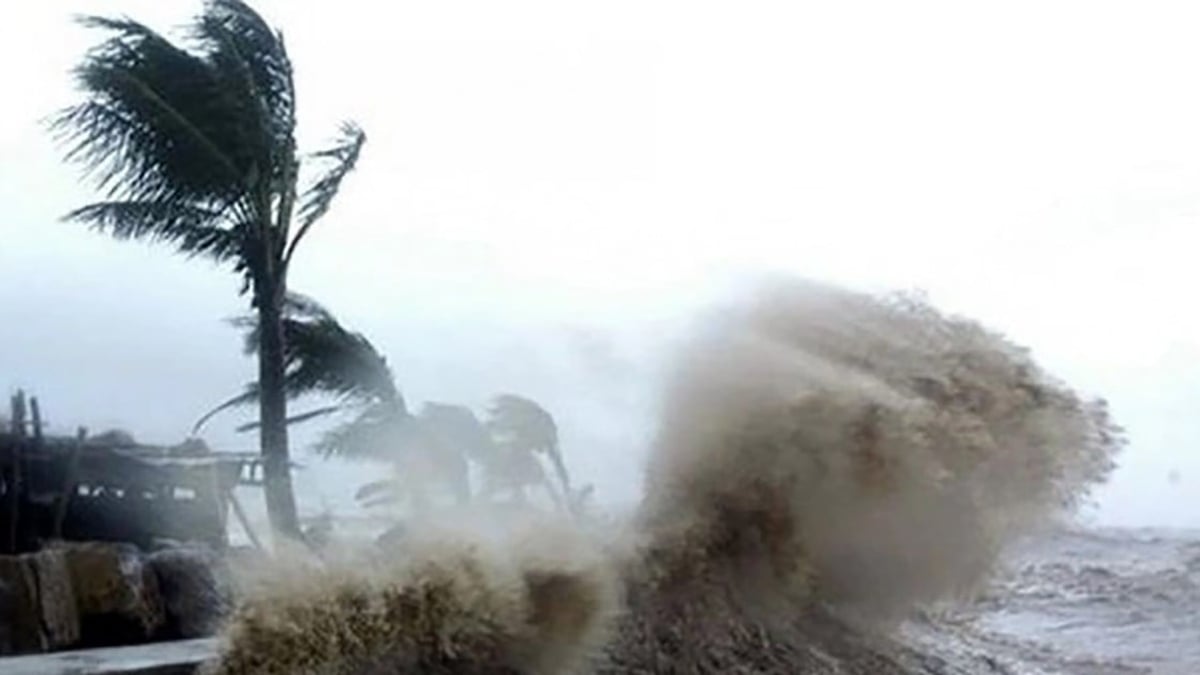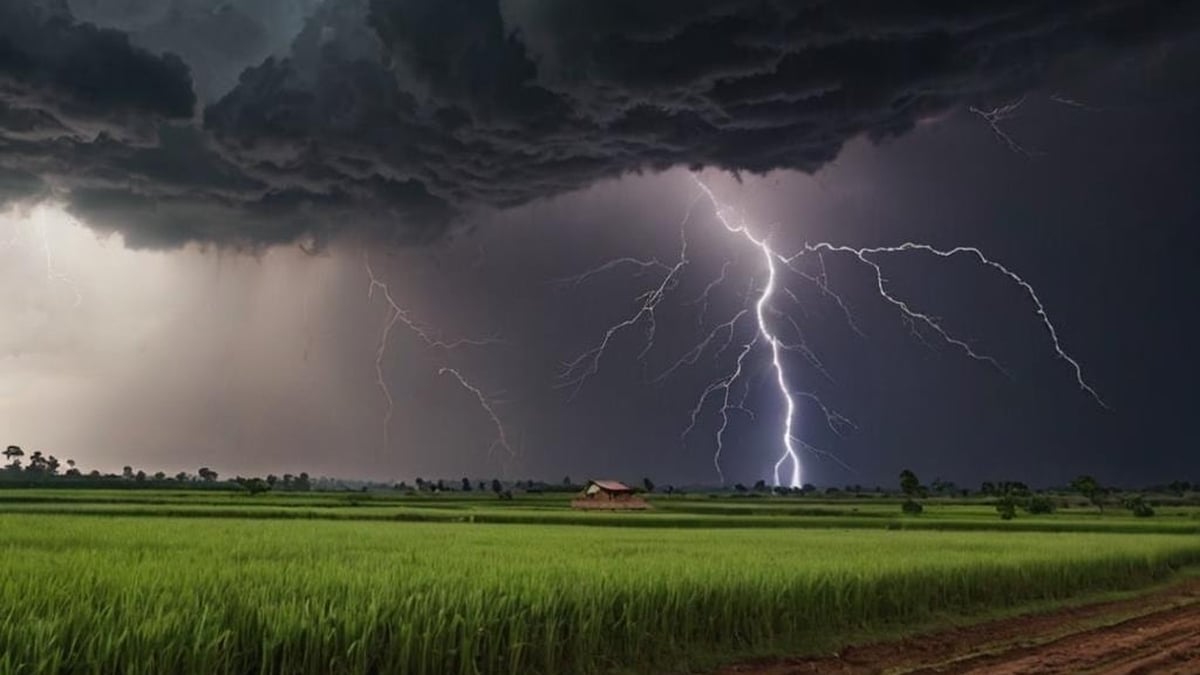(NLDO) - A terrible event that occurred in the Neoproterozoic era reshaped life on our planet.
By chemically analyzing crystals in ancient rocks, scientists from Curtin University (Australia), the University of Portsmouth (UK) and St. Francis Xavier University (Canada) have discovered the mystery behind an evolutionary leap of life on our planet.
That happened around the middle of the Neoproterozoic, the geological era that marked the emergence of multicellular organisms.
And at that time, our Earth looked quite a bit like Saturn's icy moon Enceladus.

Earth turned into a white planet in the middle of the Neoproterozoic era - Graphic image: NASA
As some previous studies have shown, about 750–635 million years ago, our blue planet turned into a giant snowball.
But according to research results recently published in the scientific journal Geology , it was this seemingly catastrophic event that stimulated the evolution of life.
The oldest evidence of life on Earth dates back to 3.8-4.1 billion years ago, the Hadean eon, but during the first billion years, life evolved very slowly, as simple single-celled organisms.
It was not until the Neoproterozoic, the last era of the Proterozoic eon, that a major turning point occurred, setting the stage for the subsequent Cambrian biological explosion, the first period of the Paleozoic era of the Phanerozoic eon.
Thanks to that, life on Earth today - including humans - has evolved to the level we see today.
New research suggests that the glaciers of the "Snowball Earth" era are what helped change our world so radically, according to Sci-News.
As they emerged, giant glaciers carved deep into the planet's crust, trapping many important minerals previously hidden deep underground.
Then when these giant ice sheets melt, they cause huge floods that send the minerals and chemicals inside them out into the ocean.
This influx of elements changed the chemistry of the oceans, at a time when more complex life was trying to evolve.
“This study highlights the close connection between Earth’s land, oceans, atmosphere, and climate. Even ancient glacial activity triggered chemical chain reactions that reshaped the planet,” the authors concluded.
Source: https://nld.com.vn/chung-ta-tien-hoa-nhu-ngay-nay-nho-hanh-tinh-trang-19625030208253728.htm


![[Video] More than 100 universities announce tuition fees for the 2025–2026 academic year](https://vphoto.vietnam.vn/thumb/1200x675/vietnam/resource/IMAGE/2025/7/18/7eacdc721552429494cf919b3a65b42e)


























































































![[Infographic] In 2025, 47 products will achieve national OCOP](https://vphoto.vietnam.vn/thumb/402x226/vietnam/resource/IMAGE/2025/7/16/5d672398b0744db3ab920e05db8e5b7d)





Comment (0)